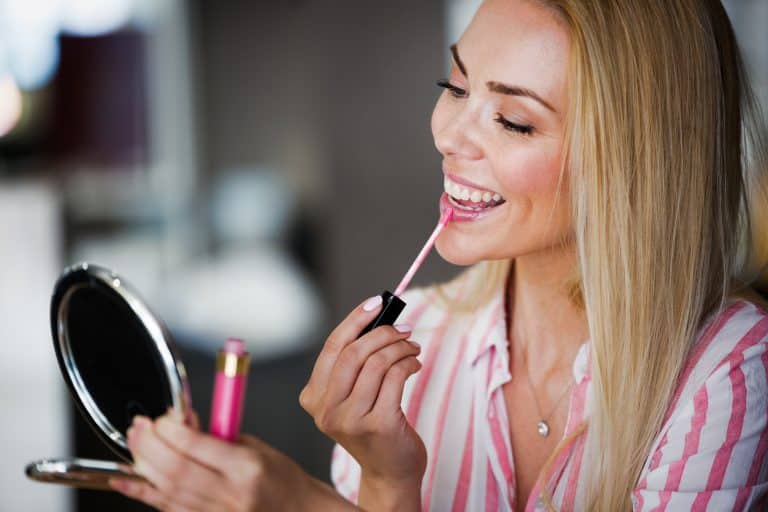Micro-needling is a treatment used to address a number of skin conditions such as hyper-pigmentation, wrinkles, clogged pores, and sun damage. It is essentially the process of speeding up the body’s wound healing process, which results in the high and speedy cell turnover to reveal new, brighter, and firmer skin.
One of the main benefits of micro-needling is the ability to stimulate the production of collagen, which is responsible for maintaining the skin’s elasticity and hydration and the secret to youthful skin. Because it triggers the creation of new cells, it employs your body’s own natural healing methods, so the results are authentic and long-lasting and do not require frequent maintenance visits. Micro-needling also enhances your skin’s ability to absorb products, meaning that your skin-care products will become more effective. It can be performed on all skin colours and skin types; however, if you have an active infection, such as inflamed acne, you will not be a candidate for micro-needling.
Preparation is essential before a treatment to ensure the desired results, therefore, when getting a treatment, you should avoid tanning and sun exposure as it can irritate your skin and make inflammation worse.
Patients can expect to spend 30 to 60 minutes with their dermatologist or an aesthetician when getting a micro-needling treatment. It is a minimally invasive procedure, whereby small needles are used to puncture the targeted areas, creating microscopic facial injuries. The micro-injuries, also referred to as “empty spaces,” are a loss of tissue and trigger the skin to create collagen and elastin to fill the void. The length of the needle determines the scope of the treatment. Needle sizes range from 0.1mm (penetrate the first layer of skin) to 3mm (for scarring and stretch marks). “Deeper micro-needling” is when a longer needle is used for treatment and is usually administered with a numbing cream in order to minimize patient discomfort.
After a treatment, you can expect your skin to be red, peeling, and flaking at the treatment areas as a direct rule of the increased cell turnover. Fortunately, there is limited downtime for the treatment, however, clients must take several precautions after treatment, such as:
- Avoiding using tanning products
- Avoiding harsh/abrasive products (ie. alcohol-based toners, exfoliants)
- Avoiding make-up 24-48 hours after treatment
- Making sure the skin is well-hydrated
The results of brighter, firmer skin are immediate — however, the best results won’t be visible until four to six weeks after the treatment.
How often should you get micro-needling?
It’s usually a case-by-case basis; however, most professionals suggest getting three to six treatments spaced out every four to six weeks. After the initial treatments, the candidates can move on to maintenance treatments that should be booked between 6-12 months later.
Micro-needling is a long-term solution in comparison to traditional facials, as it helps hydrate the skin, while simultaneously encouraging the promotion of new collagen to reveal fresh, youthful skin.








